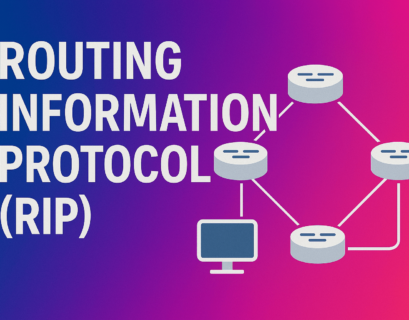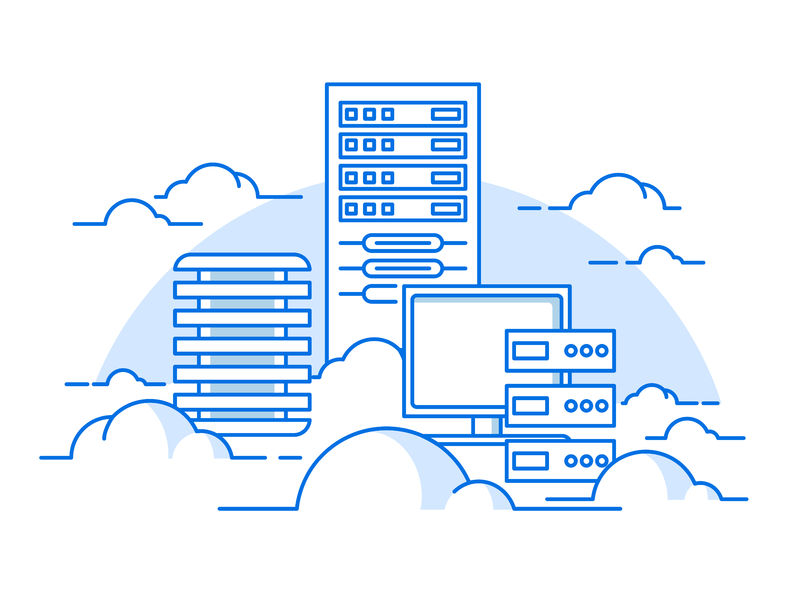What is ICMP (Internet Control Message Protocol)?
The ICMP (Internet Control Message Protocol) is a network layer protocol and also a supporting...
Routing Information Protocol: Explaining One of the Oldest Routing Protocols
Routing Information Protocol (RIP) is one of the first dynamic routing protocols ever developed. While it’s no longer the top choice...
BIND Explained: A Powerful Tool for DNS Management
Welcome to the fascinating world of BIND – the force behind the seamless web browsing experience we all enjoy today! As one of the...
DNS vs DHCP. Are they connected?
In networking, two fundamental protocols are vital in connecting devices and enabling seamless...
ccTLD – Building Trust and Credibility with Country-Specific Domains
In today’s globalized world, establishing trust and credibility is paramount for any company looking to succeed online. One effective...
Single Point of Failure (SPOF): How to Identify and Eliminate It?
The risk of a Single Point of Failure (SPOF) has become a critical concern in interconnected modern...
Telnet Explained: What Is It and How It Works?
In the world of computing and networking, Telnet has been an essential tool for connecting computers and devices remotely. Despite being an...
Decoding Error 500: Understanding, Preventing, and Resolving the Internal Server Error
Error 500, the “500 Internal Server Error,” casts a shadow in the digital landscape, marking moments of unexpected turbulence...
Network Monitoring: Ensuring the Pulse of Digital Communications
Network monitoring is an essential practice in modern IT infrastructure management, ensuring the...










